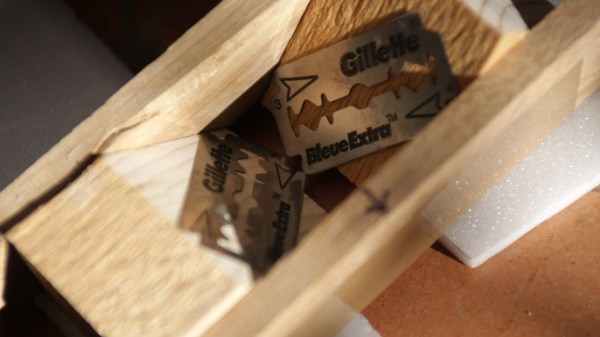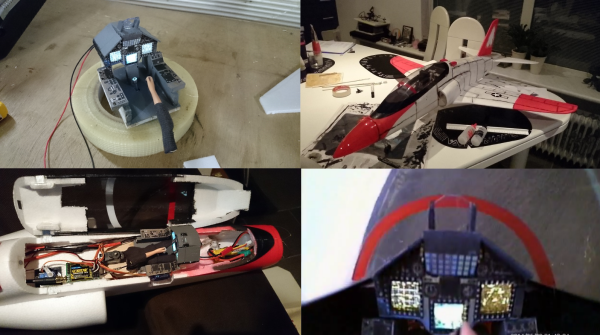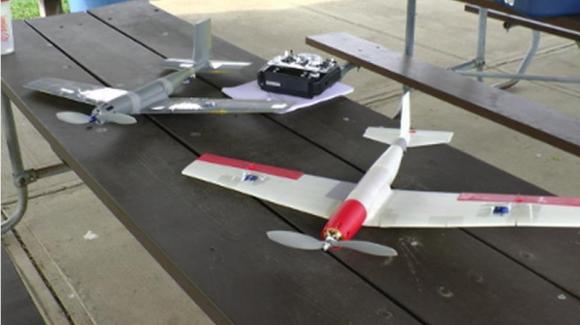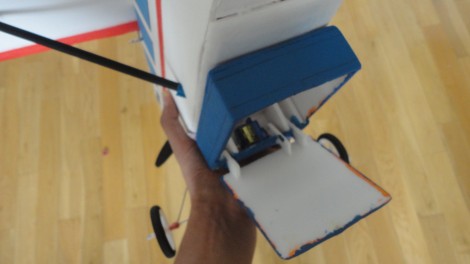If the only tool you have is a hammer, everything looks like a nail. Conversely, if you have the right tool for every job, it makes the difference between pro and amateur. [ftregan] needs to cut perfect V-grooves in foam for many of his projects, especially building RC planes. He wasn’t too satisfied with the results using his Xacto knife. And a proper tool was going to set him back by almost $25, but following that example he built his own version of the tool for much less.
Two pieces of wood cut at a 45 degree angle are held between two flat support pieces. A pair of regular shaving blades form the cutting elements. While it looks simple, it’s important to get the angles and blade directions correct. A central wooden wedge holds the two blades in place. He also added a small guide marker that let’s you cut precise straight grooves. [ftregan] built the tool to allow cutting 6mm thick foam but given that it’s so quick and cheap to build, we guess it’s easy to make a few of these to allow cutting different thicknesses of foam. We’re sure that many of you will find different or better ways of doing this, but considering [ftregan] spent just 15 minutes cooking this up, it’s not too bad, especially since the results are mighty good.
Another method of cutting foam is with hot wire. Check out this DIY Foam Cutter that we featured earlier.



















